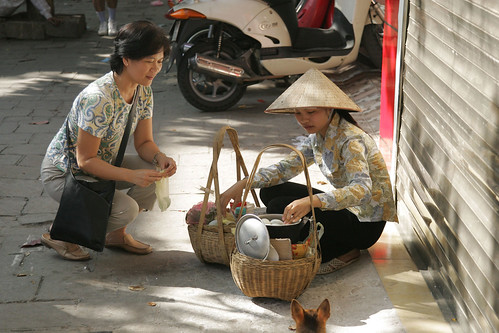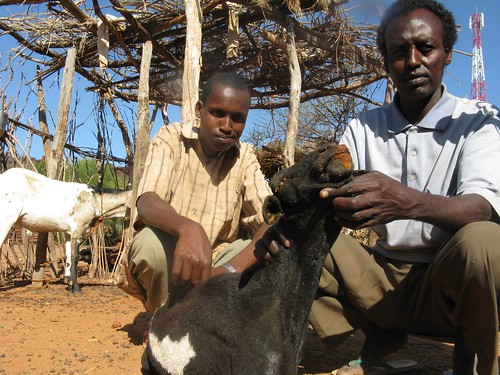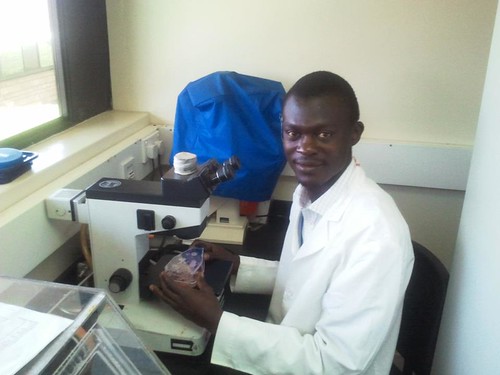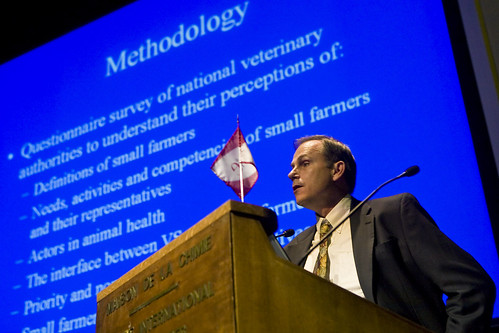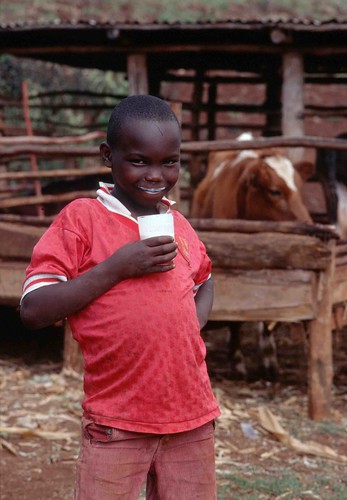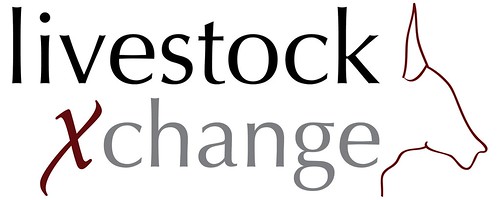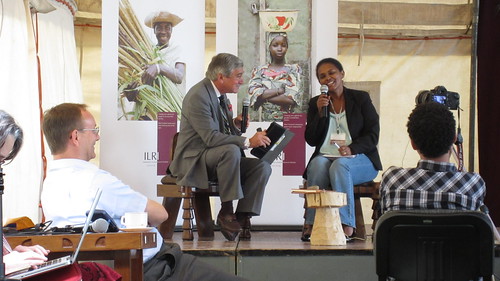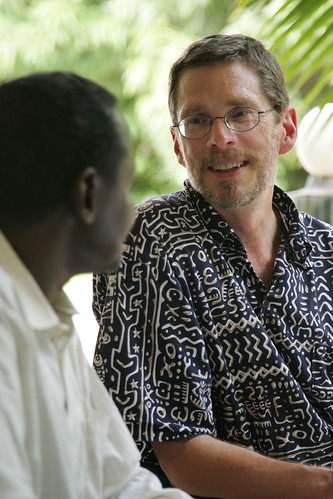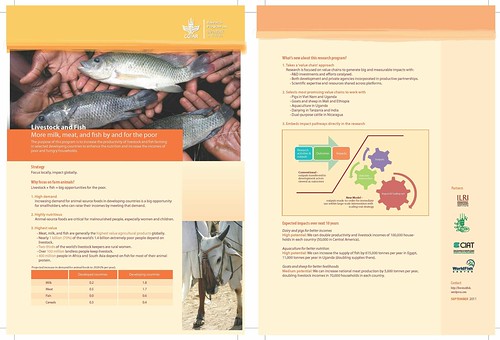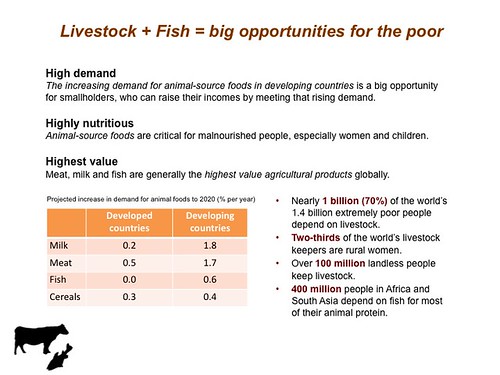ILRI agricultural economist Jo Cadilhon (seated right), from France, holds an Indian-style world café to elicit ideas from gender experts for an assessment he is conducting of a women’s dairy cooperative in India (photo credit: ILRI).
I mentioned in a previous blog post how important I believed it was to get myself trained in issues intersecting gender and agricultural development so that I could make use of robust ‘gendered’ research tools and incorporate gender in more meaningful ways in my research proposals. That is why I joined the Livestock and Fish gender working group in a workshop and planning meeting in Addis Ababa, Ethiopia, 14–17 Oct 2013. This workshop was co-sponsored by the Policies, Institutions and Markets CGIAR research program, which is tasked, among other things, to develop tools and methods for assessing the gender impacts of agricultural development activities.
I gathered three main lessons from this workshop, which I think we should bear in mind when working on livestock development.
Working definition of gender
ILRI scientists Kathleen Colverson and Alessandra Galiè and other gender experts could share many official (scientifically validated) definitions of gender, but what follows is, I think, a good working definition that emerged from a discussion with the workshop participants on ‘What is gender?’
Gender is a fact of human societies, all of which historically have evolved different roles and responsibilities for men and women, with power shared differently by the different sexes and social groups.
The characteristics and perceptions that differentiate men and women (and do so differently in different cultures) are not fixed but rather vary across cultures and locations and time. This fact suggests that development projects can help women as well as other marginalized social groups (the youth, the elderly, ethnic minorities, etc.) empower themselves in social interactions through what is known in research circles as gender transformative approaches.
One implication of this working definition for CGIAR centres and research programs is that it is not only with whom we are working (e.g., women’s groups or NGOs focusing on women) that matters in development but also how we as researchers and research organizations work and view gender.
Elements to a ‘gendered’ dairy value chain assessment
I took the opportunity of the workshop to ask for help from all the gender experts present. I invited small groups to join me at a world café table where I presented the value chain assessment I was coordinating of a Mulukanoor Dairy Women’s Cooperative in India. Dressed for the part in a kurta and longyi, I set the café table as a space on the floor with a few cushions to encourage more context-relevant and informal discussions. I asked my colleagues: What should a ‘gendered’ value chain assessment report focusing on this women’s cooperative contain?
The most surprising response I got was to consider recommending to the women-only cooperative that it open its membership to men. Our approach to gender is not just about promoting women, the gender experts explained. It’s about enabling all marginalized groups in a society equitable access to assets and decision-making processes.
Improving tools for ‘gendered’ value chain research
Partners of the ILRI-led CGIAR Research Program on Livestock and Fish have already developed a toolkit of questionnaires for value chain analysis. An activity I especially enjoyed at the gender workshop was sitting down to make recommendations on how to further ‘engender’ these value chain research tools. As a regular user of the tools, I was keen to get new perspectives on how they could be improved from colleagues who had never before used the questionnaires and interview guides.
A basic principle of research is to keep one’s mind open to constructive criticism of one’s work. There was plenty of that in this workshop! I walked away with many new ideas and ways of working to consider. From my perspective, the workshop was a great success in fostering ‘women smart’ livestock research for development.
The author, Jo Cadilhon, is a senior agricultural economist in ILRI’s Policy, Trade and Value Chains Program.
Read Cadilhon’s previous blog post on a similar subject: Impacts of value chain development on smallholder women dairy farmers in India, ILRI Clippings Blog, 11 Oct 2013.


